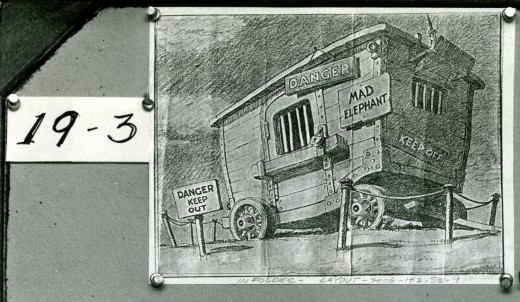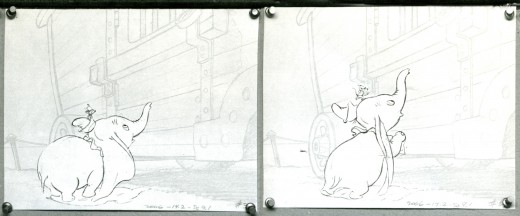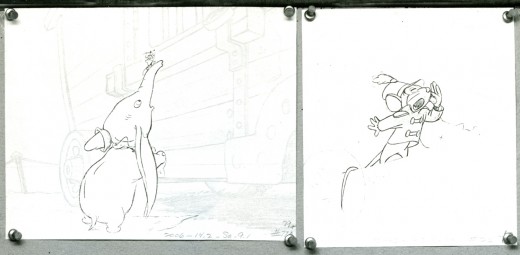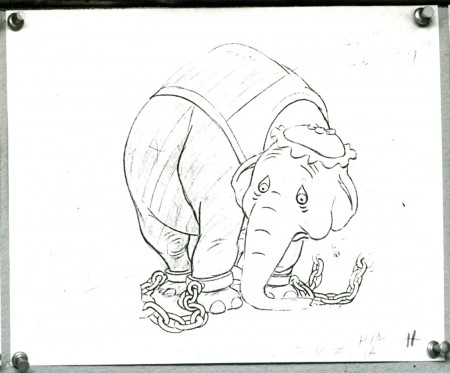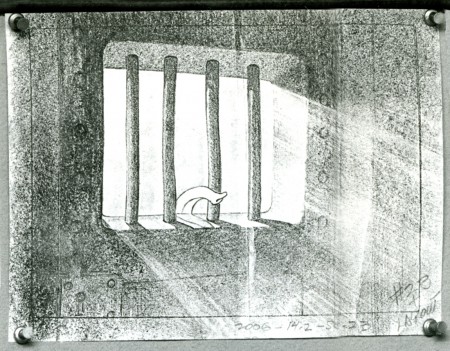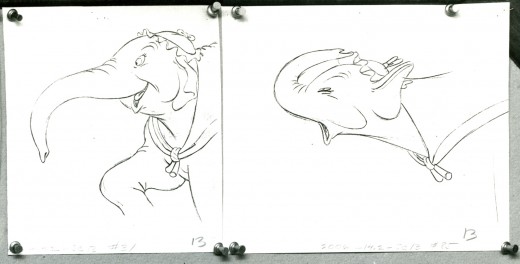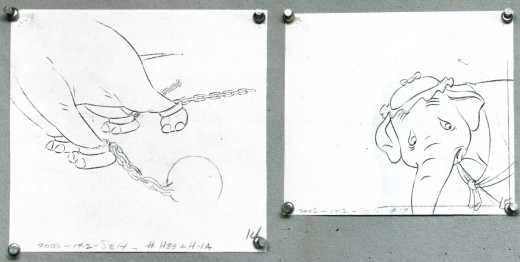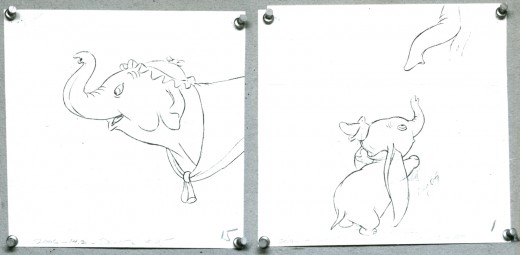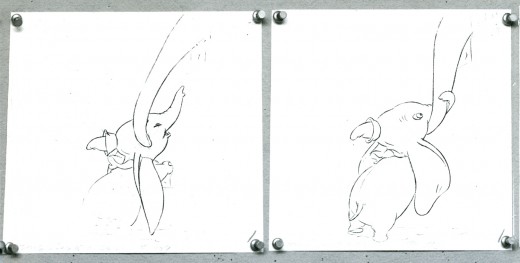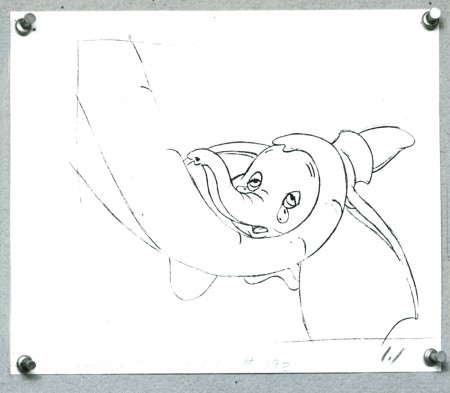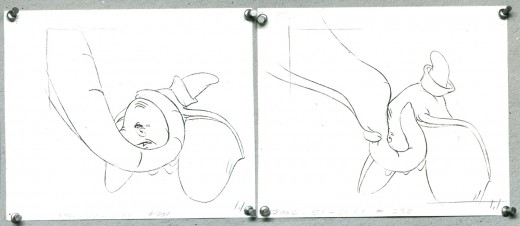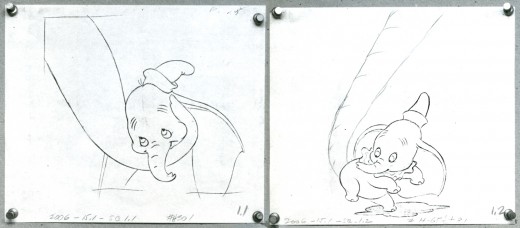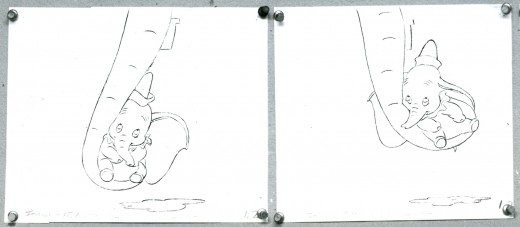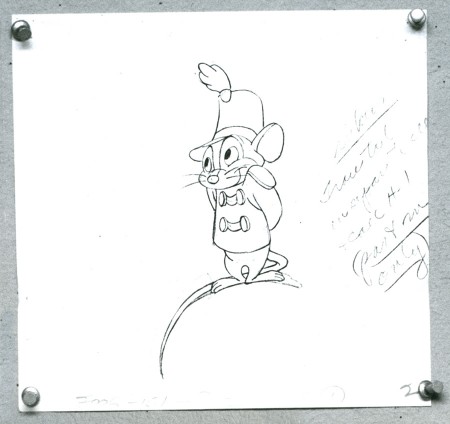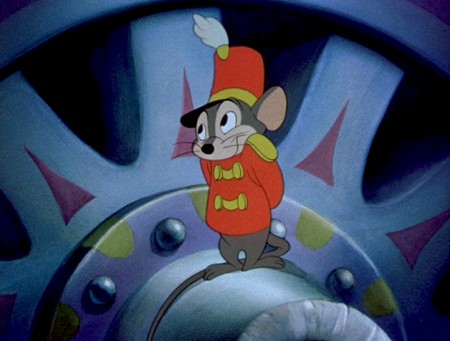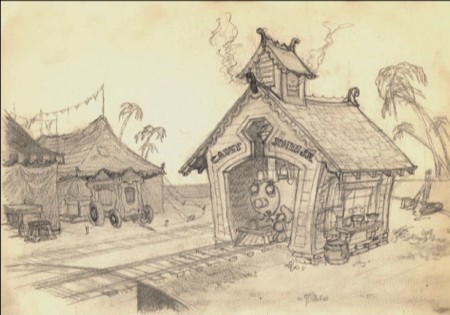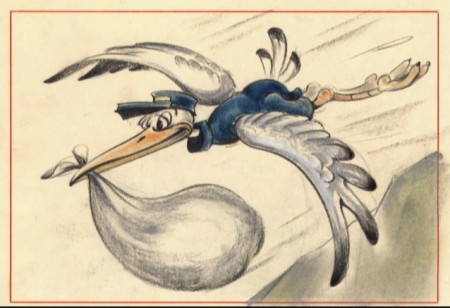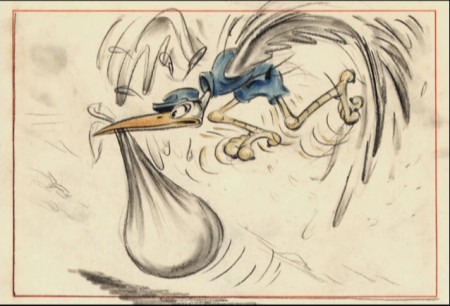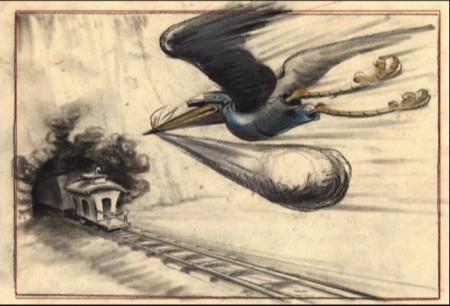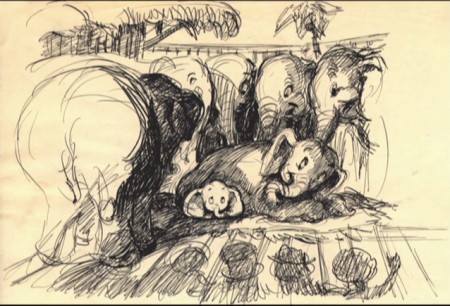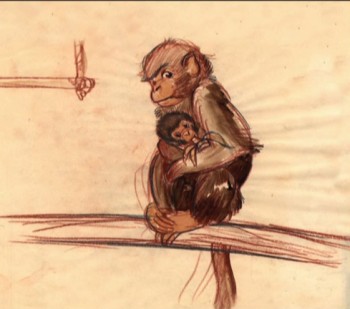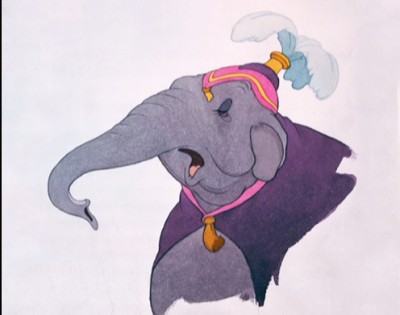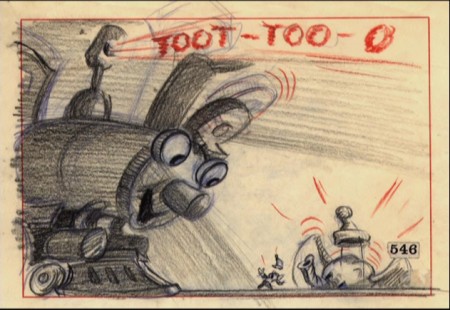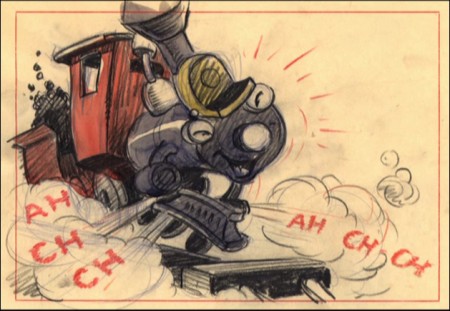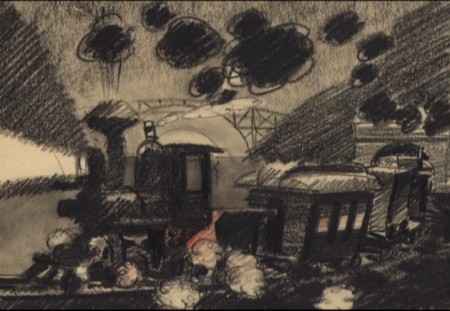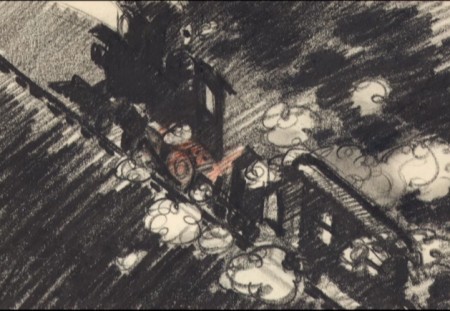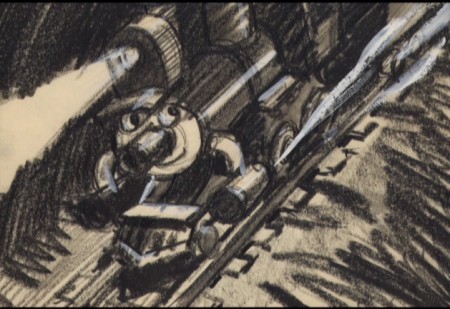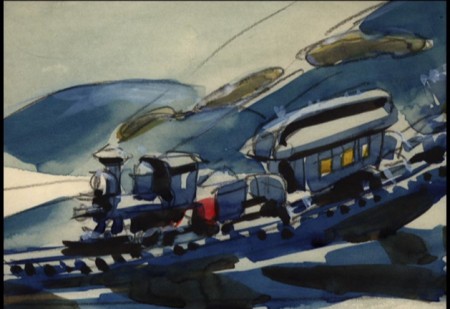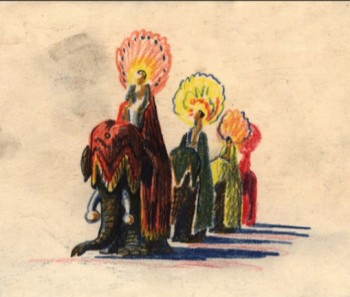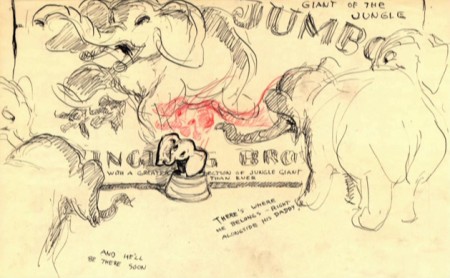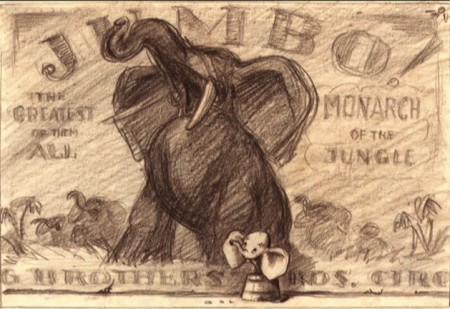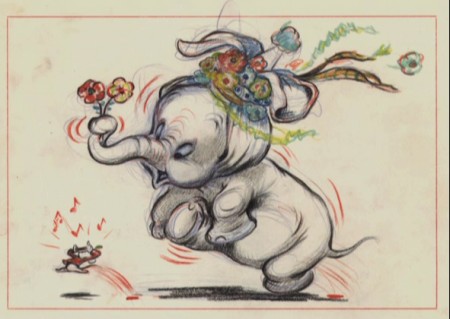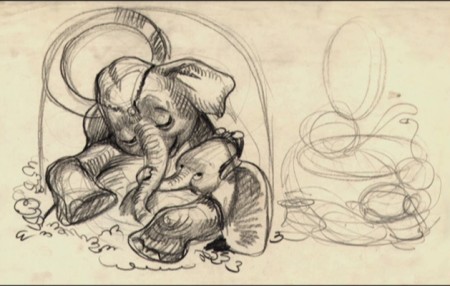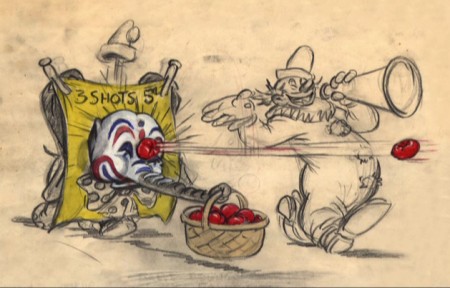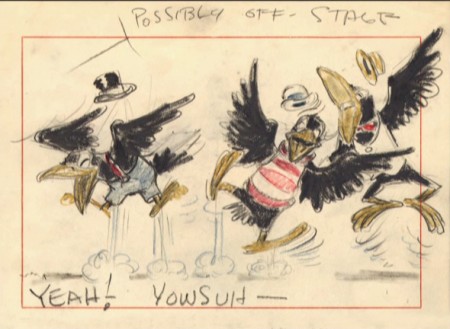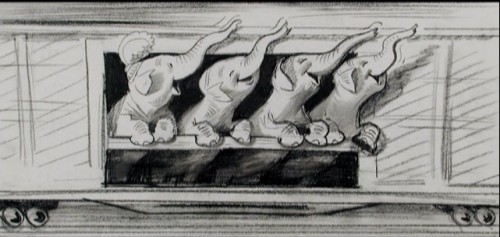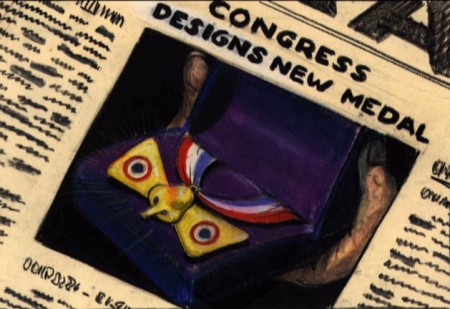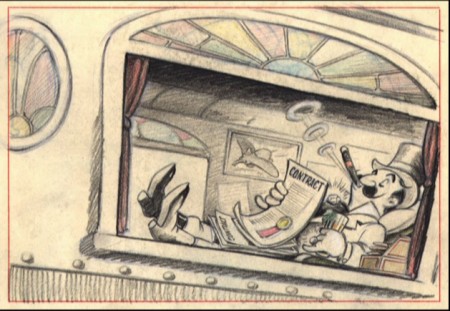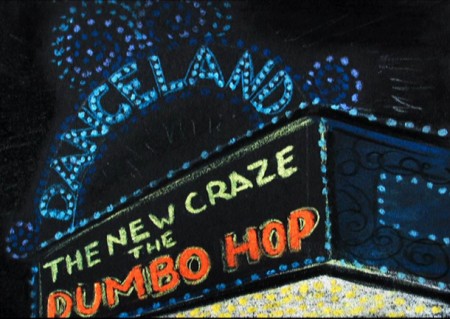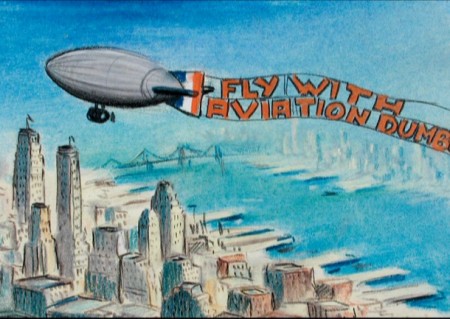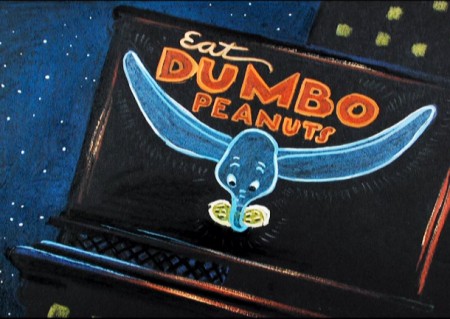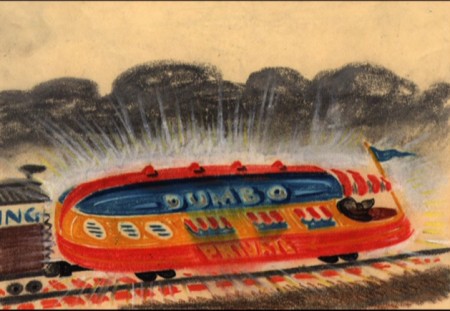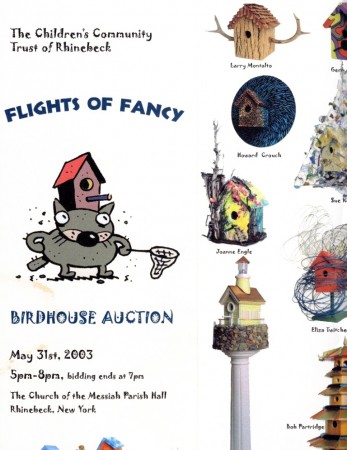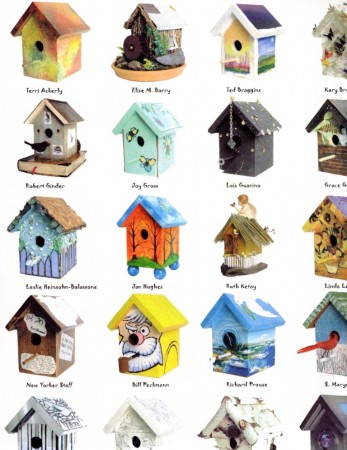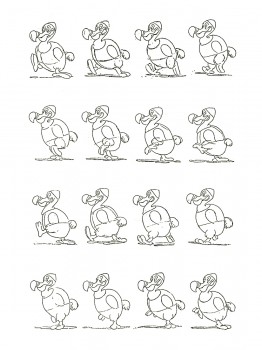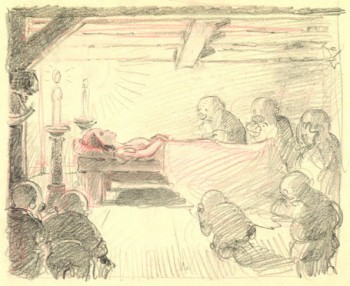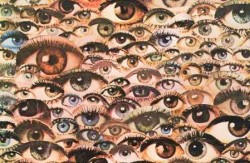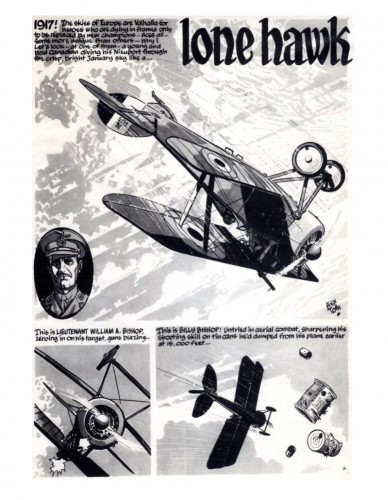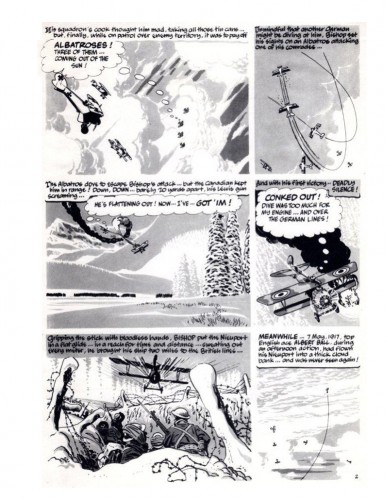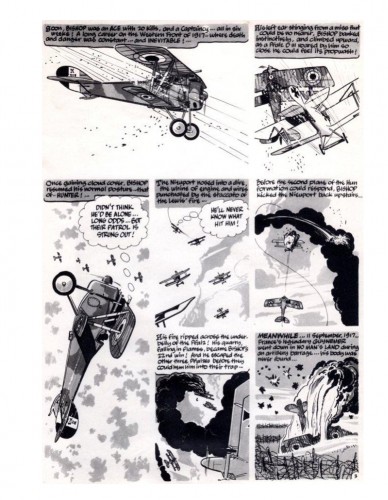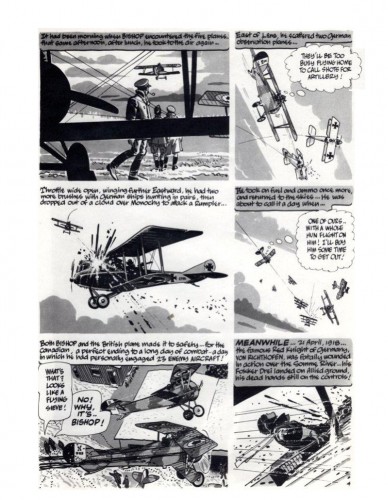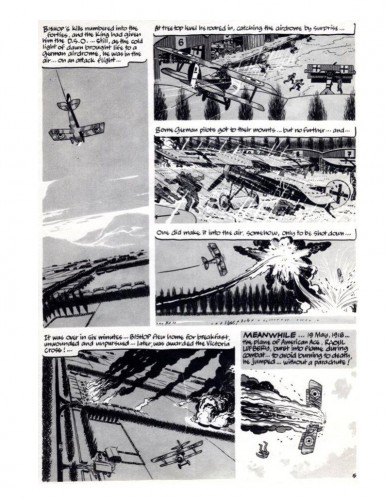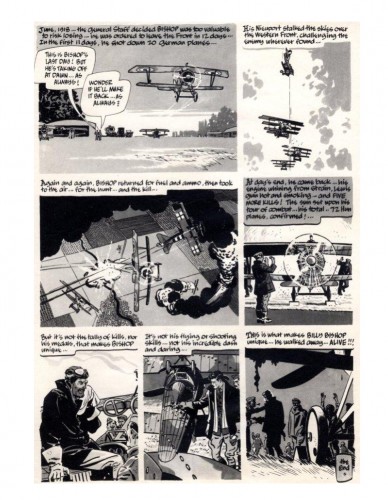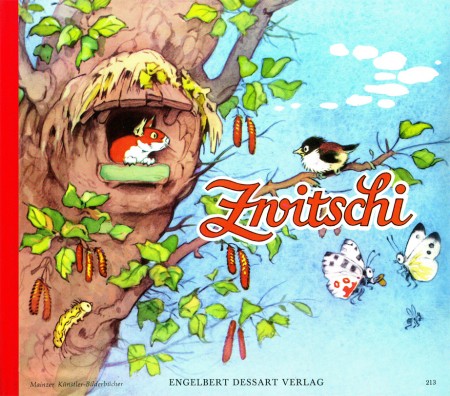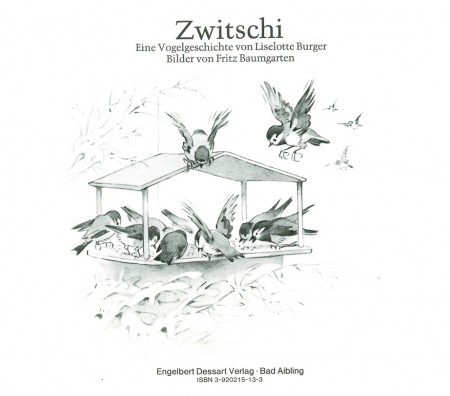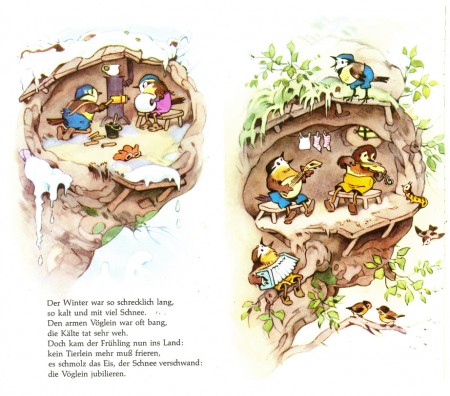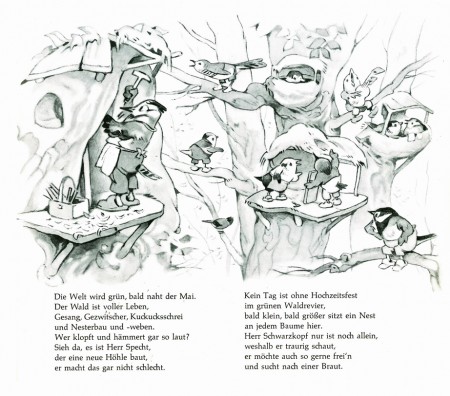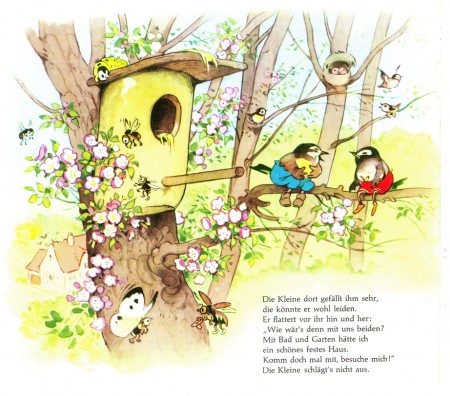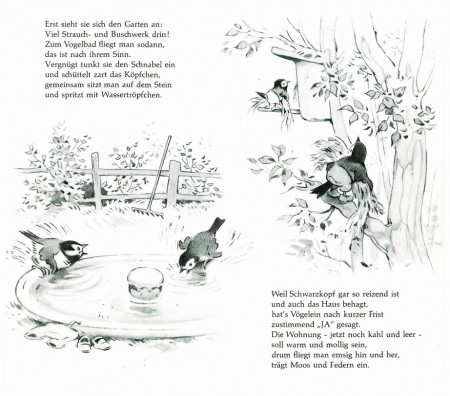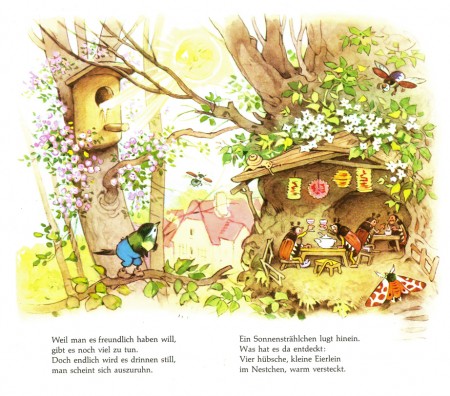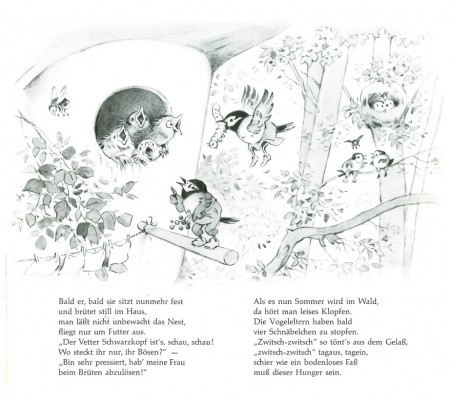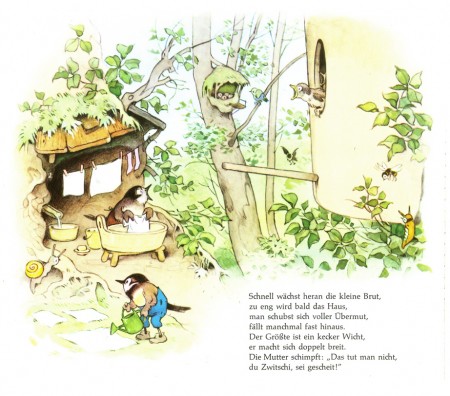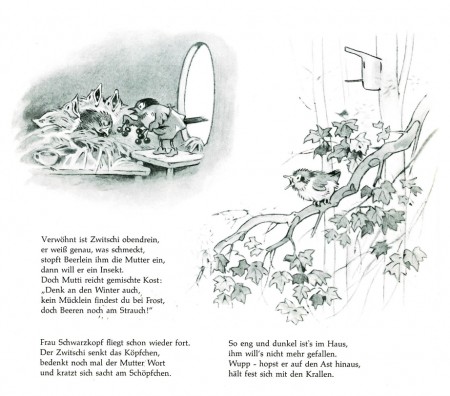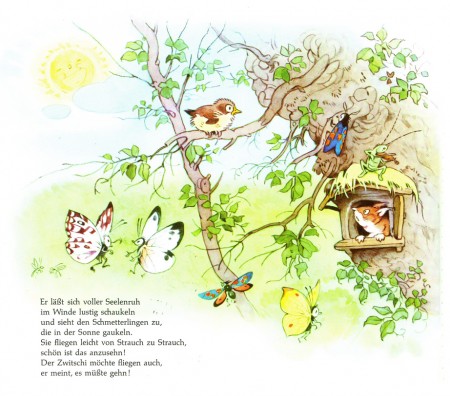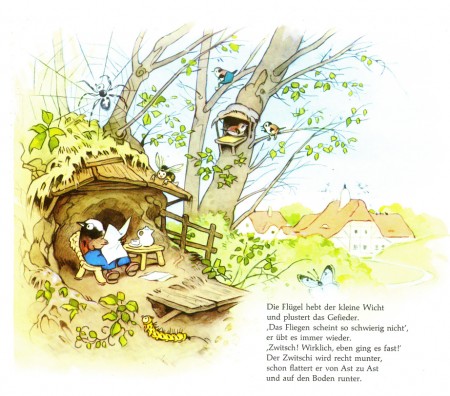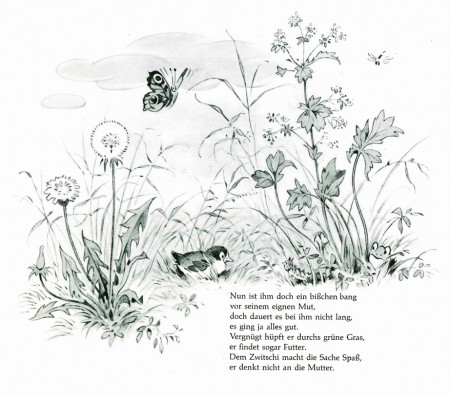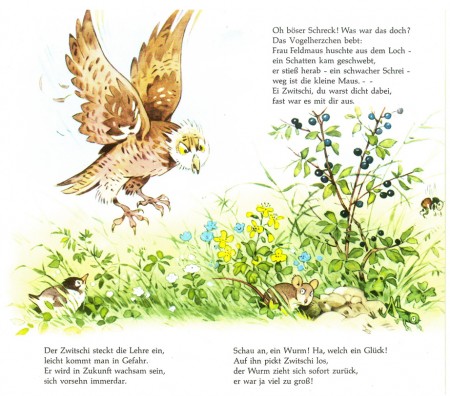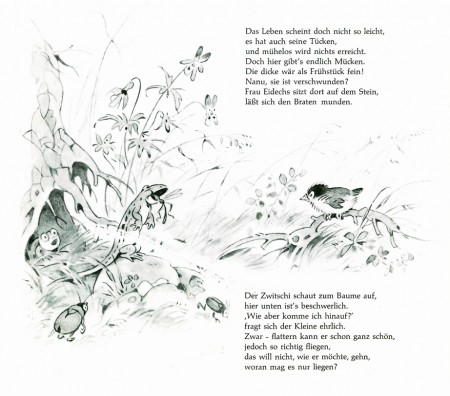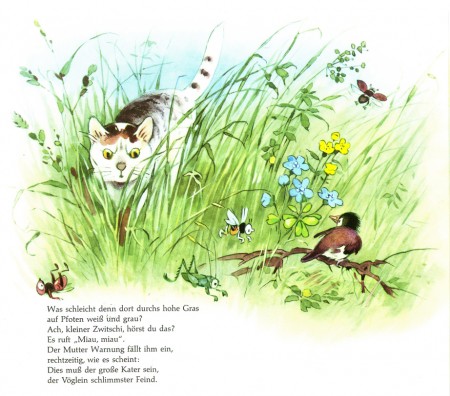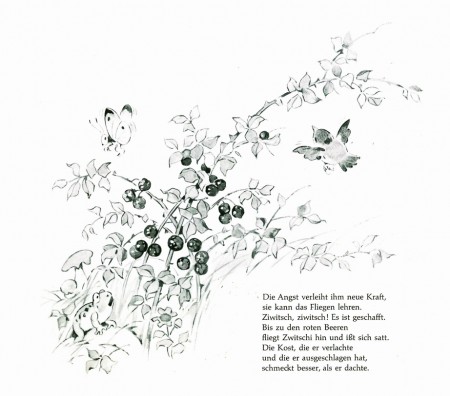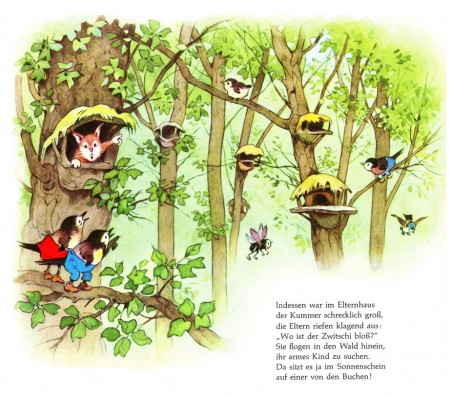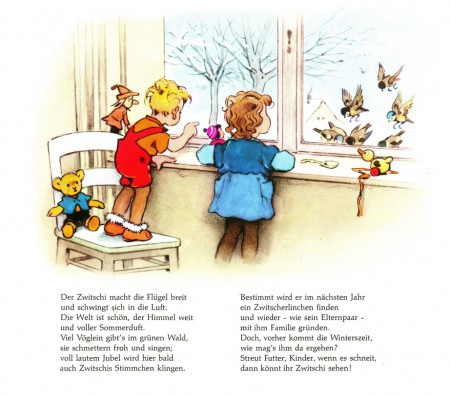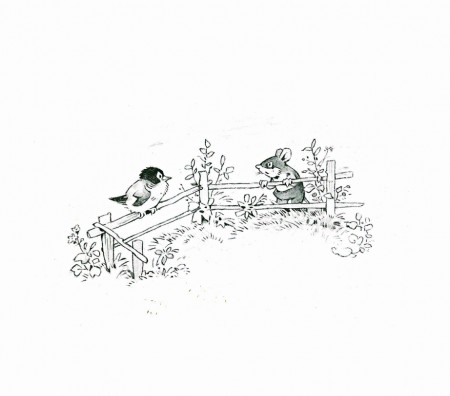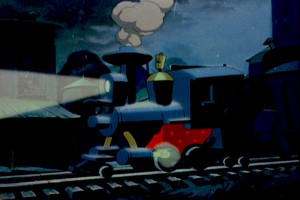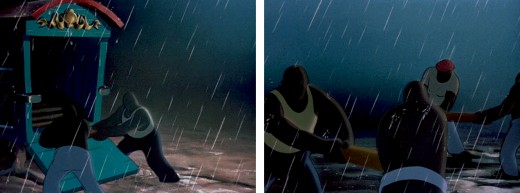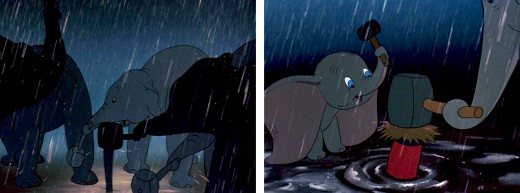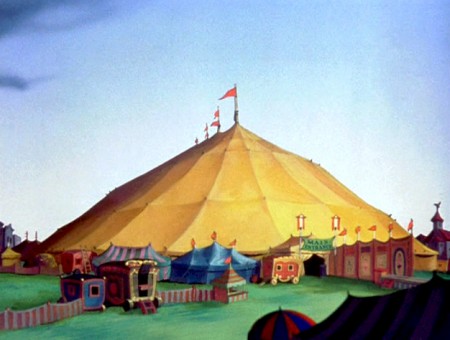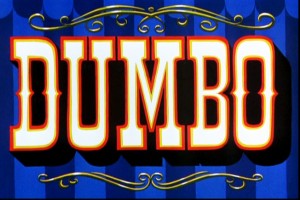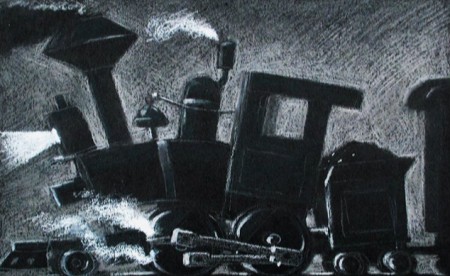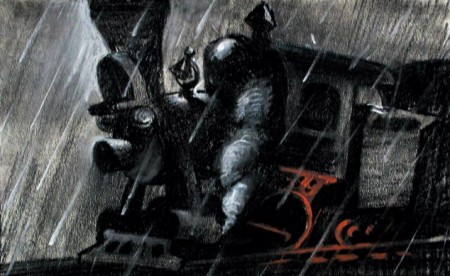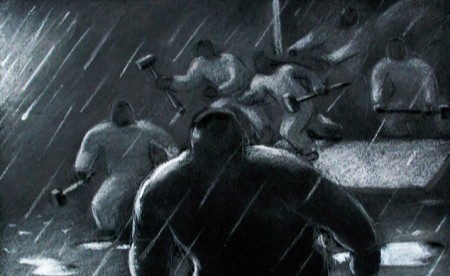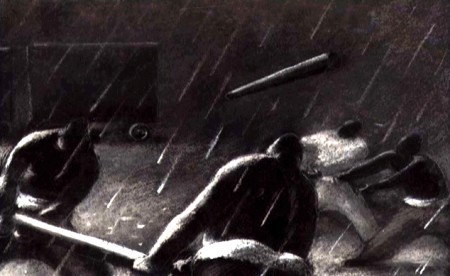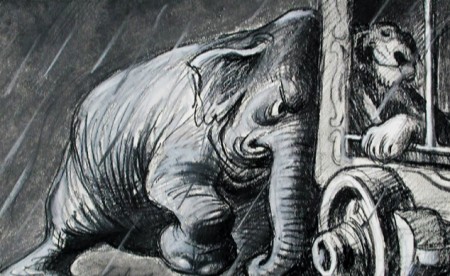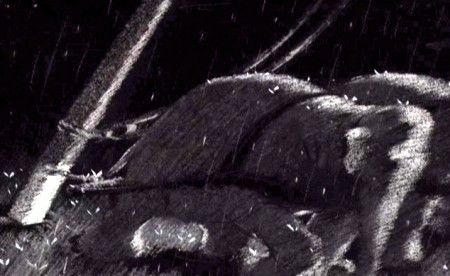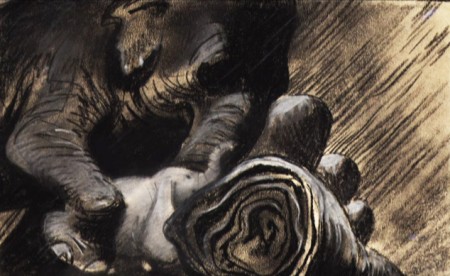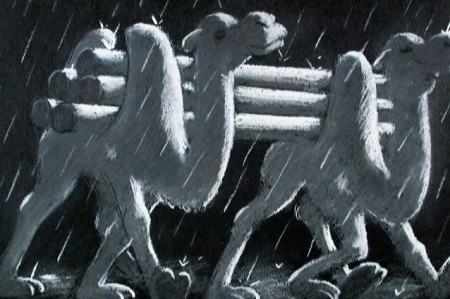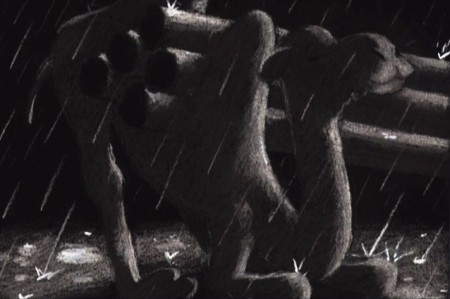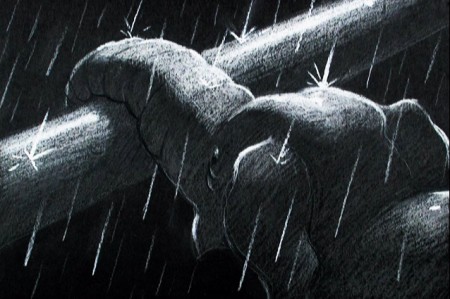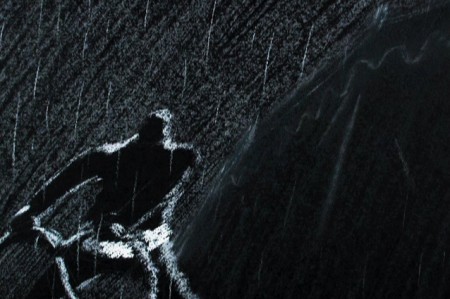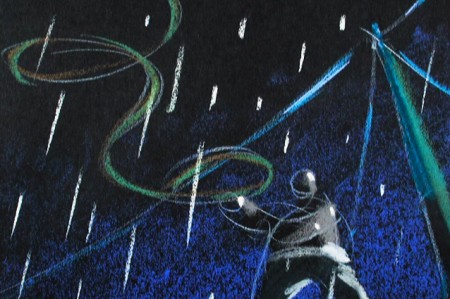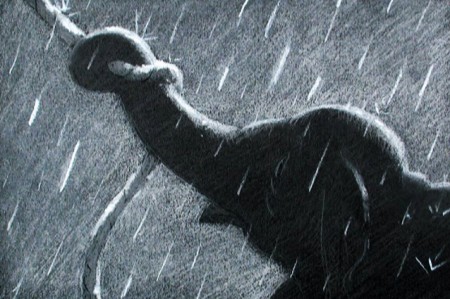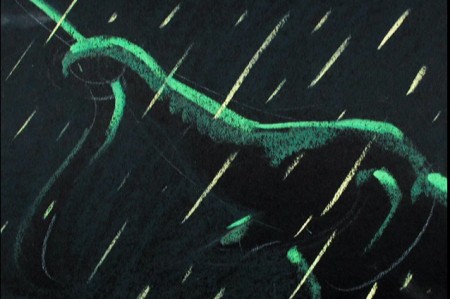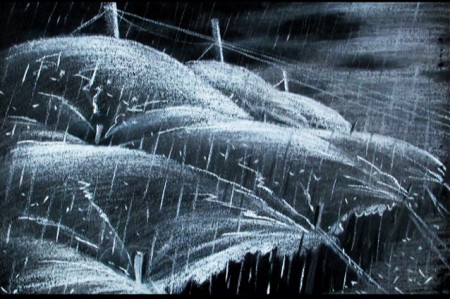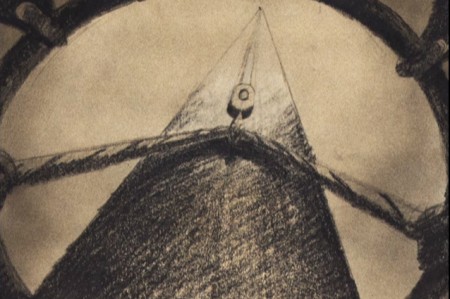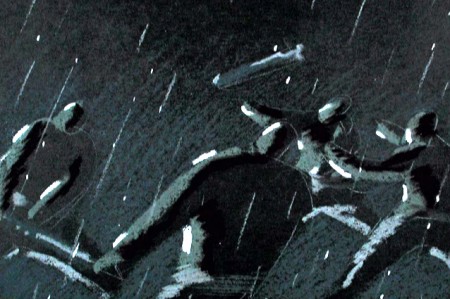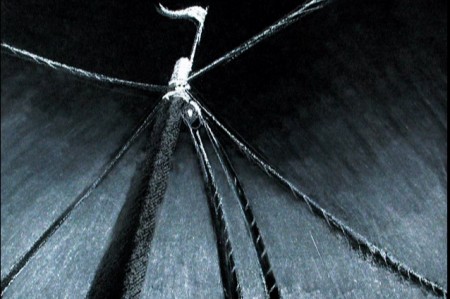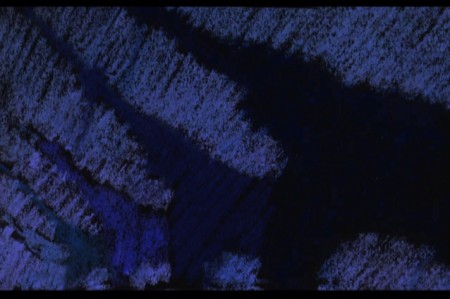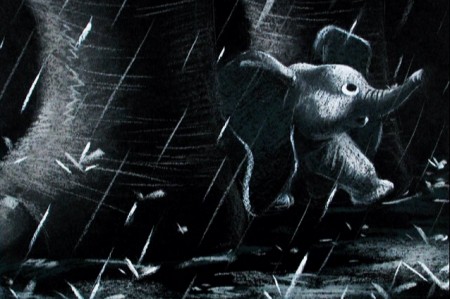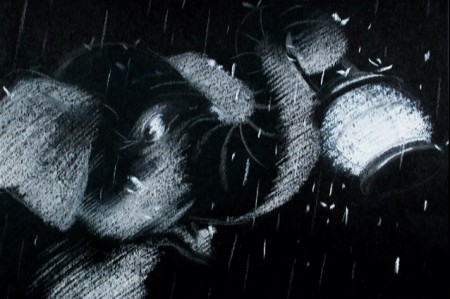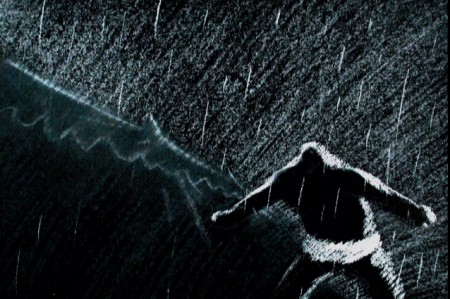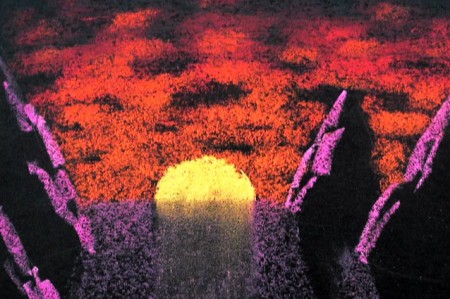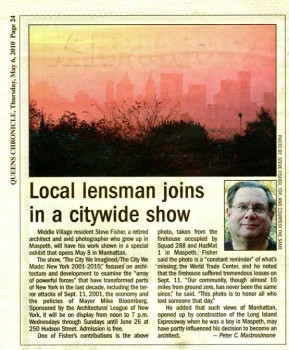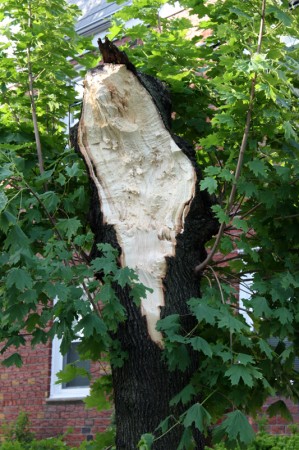- Recently, I’ve tried to put a bit of focus on some International world leaders in animated film and give some attention to the heroes of the past. Naturally, Zagreb Film would be a source of many important names. This was a Yugoslavian studio that had limited resources and budget and they did the most with what they had. When their film, Ersatz, won the Oscar in 1961, it put this small studio on the map. Dusan Vukotic, the director of that film, led the studio.
Here’s a couple of small excerpts from a book, Z is for Zagreb by Ronald Holloway, that gives a good overall view of the start of the studio and a bit about Vukotic’ biography.
______________________
In the early Fifties, the Yugoslav economy was getting off the ground and business advertisements began to appear in the newspapers. The possibility arose again of producing publicity films, as the Maar Brothers had done successfully before the war. Besides, a staff of trained Duga personnel was becoming bored with comic strips and illustrations for books and magazines, and itched to get back into animation. When an English book store opened in Zagreb and news poured across Kostelac’s desk of UPA and Bob Cannon’s Gerald McBoing Boing, the itch became a torture. How were these beautifully designed cartoons made? There were no clues, but everyone was sure it was something for them.
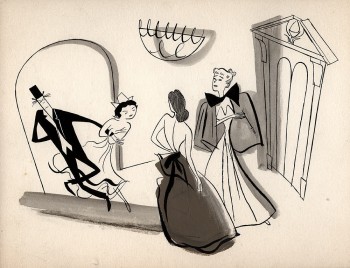 Another break came in the least expected fashion. American films were being bought for Yugoslav consumption, and among those screened for selection was Irving Reis’s The Four Poster (1952). The film itself was not so important, but the animation bridges between sequences were. A sparking, tongue-in-cheek design by John and Faith Hubley graced the antics of Rex Harrison and Lili Palmer in the two-role film: it was the first UPA “cartoon” to enter the country. The film was screened by an excited small audience over and over, and then sent back to the source from which it came—unbought! Harrison and Palmer were never to know how important they were to the growth of Zagreb animation.
Another break came in the least expected fashion. American films were being bought for Yugoslav consumption, and among those screened for selection was Irving Reis’s The Four Poster (1952). The film itself was not so important, but the animation bridges between sequences were. A sparking, tongue-in-cheek design by John and Faith Hubley graced the antics of Rex Harrison and Lili Palmer in the two-role film: it was the first UPA “cartoon” to enter the country. The film was screened by an excited small audience over and over, and then sent back to the source from which it came—unbought! Harrison and Palmer were never to know how important they were to the growth of Zagreb animation.
With these innovations in mind a veteran group of cartoonists gathered around Kostelac and Vukotic to make advertising films on their own. Production manager was Kostelac, script and direction flowed from Vukotic, Marks (already an acknowledged graphic artist) did the designs, Jutrisa and Kostanjsek animated, and Bourek and Kolar painted the backgrounds. The money came out of their own pockets, but they were able to secure from Zagreb Film production and distribution help. Vukotic and Kostelac toured the country, and with the help of a fellow Montenegran Vukotic secured the necessary commissions from factories and business concerns. Then he and Kostelac retired to a hotel room with typewriter and drawing board to come up with a suitable idea. Thirteen advertising films, ranging in length from thirty seconds to one minute, were produced in the period 1954—55, eleven of them in colour.
Since material resources and particularly the availability of cels (transparent celluloids containing the drawings to be photographed) were limited, the process of “reduced animation” was discovered. Some films took an unbelievable eight cels to make, without losing any of the expressive movement a large number of eels usually required. Drawings were reduced to the barest minimum, and in many cases the visual effect was stronger than with twice the number of drawings. Marks and Bourek went out of their way to round up a number of artist friends to help solve complicated problems. Writers, architects, sculptors lent a creative hand whenever needed. The cartoons took on a daring, avant-garde surface, a strange character for a business enterprise. But not one of their commercial customers complained or rejected a film.
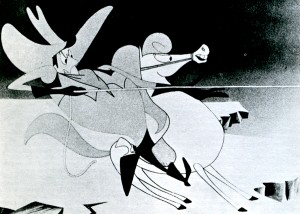 The freed drawings brought about by “reduced animation” cannot be underestimated. These were the forerunners of modern experimental television commercials, and although they appear commonplace today they were highly revolutionary in the Fifties. For the young Zagreb cartoonists the process provided a school of freedom, originality and invention. Every phase of the cartoon was broken down to its basic parts and tested and retested: script, design, background, musical accompaniment, editing, factors of rhythm and timing. By limiting the drawings the characters were freed from realistic movement and given a characteristic life of their own, thereby increasing the film’s tempo and enriching scenes with new forms of expression. Shades of meaning entered into the cartoon’s movements, details began to determine the action, and the preciseness of an expression drew its force from duration of time minutely calculated. A cartoon done at Duga Film normally required 12,000 to 15,000 drawings; reduced, it came down to 4,000 to 5,000 drawings. Further experiments uncovered new ways to compose a scene, paint a background, add a sound effect, construct a bold graphic, build a proper atmosphere, and finally edit tensions into the action to reach a satisfying whole. The only phase left untouched from the Duga days was the general direction of movement; everything else had somehow changed. And, most important of all, the character was no longer an anthropomorphic imitation.
The freed drawings brought about by “reduced animation” cannot be underestimated. These were the forerunners of modern experimental television commercials, and although they appear commonplace today they were highly revolutionary in the Fifties. For the young Zagreb cartoonists the process provided a school of freedom, originality and invention. Every phase of the cartoon was broken down to its basic parts and tested and retested: script, design, background, musical accompaniment, editing, factors of rhythm and timing. By limiting the drawings the characters were freed from realistic movement and given a characteristic life of their own, thereby increasing the film’s tempo and enriching scenes with new forms of expression. Shades of meaning entered into the cartoon’s movements, details began to determine the action, and the preciseness of an expression drew its force from duration of time minutely calculated. A cartoon done at Duga Film normally required 12,000 to 15,000 drawings; reduced, it came down to 4,000 to 5,000 drawings. Further experiments uncovered new ways to compose a scene, paint a background, add a sound effect, construct a bold graphic, build a proper atmosphere, and finally edit tensions into the action to reach a satisfying whole. The only phase left untouched from the Duga days was the general direction of movement; everything else had somehow changed. And, most important of all, the character was no longer an anthropomorphic imitation.
When they appeared in the cinemas, the fantastic, dynamic feeling inside these cartoons charmed the public. Former staff members couldn’t match the finished product with the number of cels used. More commissions began to roll in, and Zagreb Film took another look at the young innovators within the company. As the way opened for new production standards in 1956 (due to a new law separating Zagreb Film from its film distribution branch), it was decided to give story animation another try. The resourceful Kostelac pulled out of a sleeve a card file of former Duga employees, and rounded them up with a taxi and a knock on the door. Enough responded to begin work immediately on a story cartoon for the Pula Festival (another scheme of Fadil Hadzic to promote the growth of Yugoslav cinema), and they worked day and night on The Playful Robot. Script was by Andre Lusicic, direction by Vukotic, design by Marks and Kolar, animation by Jutrisa and Kostanjsek, backgrounds by Bourek—and mistakes by all. There was something basically Disneyish about this effort, and it was admittedly inferior to the high-powered antics of the characters in the ad films.
Nevertheless, Vukotic won a prize at Pula for pioneering Yugoslav animation, and Zagreb Film found itself with an animation studio.
Dusan Vukotic
(Born 1927 in Bileca).
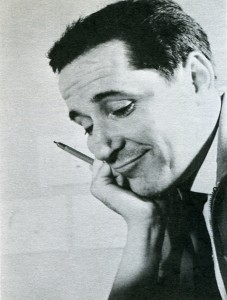 The most important name in Yugoslav animation. It was through his drive and determination that the cartoon won respectability at home and recognition abroad. He has won over fifty prizes and citations for his sixteen major cartoons. He studied architecture and worked as cartoonist on Fadil Hadzic’s Kerempuh, moving up to head of his own unit under Hadzic at Duga Film in 1951—52. As director, designer and animator he created the national figure of Kico, a little government official on inspection tours about the country. How Kico was Born (1951) and The Haunted Castle at Dudinci (1952) represent the best work done at Duga Film, and drew their inspiration from Trnka’s Czech cartoons instead of Disney. After the collapse of Duga Film, Vukotic and Kostelac produced on their own homemade advertising films, and with Marks, Kolar and Bourek he discovered the principles of “reduced animation” (sharply limiting the number of drawings for a short cartoon). He made eleven advertising films as scriptwriter and director, distributed through Zagreb Film, and one publicity film. The Magic Catalogue (1956), for Dragutin Vunak at Interpublic. When Zagreb Film turned to the feature cartoon, Vukotic created The Playful Robot (1956) with the combined talents of Marks, Kolar, Kostanjsek, Jutrisa and Bourek, and was given the Golden Arena at the Pula Festival for pioneering animation in Yugoslavia. He fostered the satire in animation, aiming Cowboy Jimmie (1957), Concerto for Sub-Machine Gun (1958) and The Great Fear (1958) at the American Western, the gangster film, and the horror film. In the beginning he preferred to work with another designer, employing Marks on The Playful Robot, Cowboy Jimmie, and Magic Sounds (1957), and Kolar on Abra Kadabra (1957). The Great Fear, Revenger (1958), Concerto for Sub-Machine Gun, and My Tail is My Ticket (1959), and Grgic on Cow on the Moon (1959). He was the first in the studio to direct, design and animate independently, winning a number of awards for Piccolo (1959) and establishing his characteristic theme of feuding neighbours. His next two
The most important name in Yugoslav animation. It was through his drive and determination that the cartoon won respectability at home and recognition abroad. He has won over fifty prizes and citations for his sixteen major cartoons. He studied architecture and worked as cartoonist on Fadil Hadzic’s Kerempuh, moving up to head of his own unit under Hadzic at Duga Film in 1951—52. As director, designer and animator he created the national figure of Kico, a little government official on inspection tours about the country. How Kico was Born (1951) and The Haunted Castle at Dudinci (1952) represent the best work done at Duga Film, and drew their inspiration from Trnka’s Czech cartoons instead of Disney. After the collapse of Duga Film, Vukotic and Kostelac produced on their own homemade advertising films, and with Marks, Kolar and Bourek he discovered the principles of “reduced animation” (sharply limiting the number of drawings for a short cartoon). He made eleven advertising films as scriptwriter and director, distributed through Zagreb Film, and one publicity film. The Magic Catalogue (1956), for Dragutin Vunak at Interpublic. When Zagreb Film turned to the feature cartoon, Vukotic created The Playful Robot (1956) with the combined talents of Marks, Kolar, Kostanjsek, Jutrisa and Bourek, and was given the Golden Arena at the Pula Festival for pioneering animation in Yugoslavia. He fostered the satire in animation, aiming Cowboy Jimmie (1957), Concerto for Sub-Machine Gun (1958) and The Great Fear (1958) at the American Western, the gangster film, and the horror film. In the beginning he preferred to work with another designer, employing Marks on The Playful Robot, Cowboy Jimmie, and Magic Sounds (1957), and Kolar on Abra Kadabra (1957). The Great Fear, Revenger (1958), Concerto for Sub-Machine Gun, and My Tail is My Ticket (1959), and Grgic on Cow on the Moon (1959). He was the first in the studio to direct, design and animate independently, winning a number of awards for Piccolo (1959) and establishing his characteristic theme of feuding neighbours. His next two 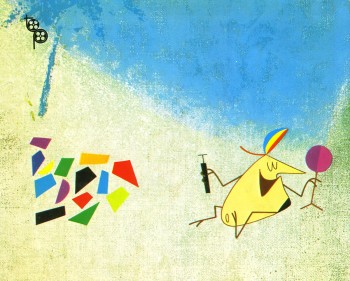 independent cartoons were also highly awarded: Ersatz (1961), winning the first Academy Award for animation outside the United States, and Play (1962), voted the best short film of the year at Mannheim. Turning to the feature film, his The Seventh Continent for children in 1966 was not successful but it encouraged him in the cartoon to continue the mixture of live action and animation begun in Play. Stain on the Conscience (1968) employed animation drawing on documentary footage and proved him capable of directing actors ; in a psychological atmosphere. Opera Cordis (1968) restored his eminent position in animation with a salty commentary on Dr. Barnard’s heart transplants, and Ars Gratia Art/s (1 969) more than effectively spoofed the amateur who will do anything for the sake of art and applause. He also wrote the scripts for Vrbanic’s All the Drawings of the Town (1959) (with Vrbanic), Gospodnetic’s The Lion Tamer (1961), Dovnikovic’s The Doll (1961), Grgic’s A Visit from Space (1961), and Blazekovic’s Gorilla’s Dance (1968), and had a hand in supervising most of these films as well as Grgic’s The Devil’s Work (1965). His gifts as a leader are evident every step of the way, but particularly in the first phase of Zagreb Film (1956— 62) when his unit competed for honours with Mimica’s and Kristl’s. He is best in the cool domains of satire and caricature.
independent cartoons were also highly awarded: Ersatz (1961), winning the first Academy Award for animation outside the United States, and Play (1962), voted the best short film of the year at Mannheim. Turning to the feature film, his The Seventh Continent for children in 1966 was not successful but it encouraged him in the cartoon to continue the mixture of live action and animation begun in Play. Stain on the Conscience (1968) employed animation drawing on documentary footage and proved him capable of directing actors ; in a psychological atmosphere. Opera Cordis (1968) restored his eminent position in animation with a salty commentary on Dr. Barnard’s heart transplants, and Ars Gratia Art/s (1 969) more than effectively spoofed the amateur who will do anything for the sake of art and applause. He also wrote the scripts for Vrbanic’s All the Drawings of the Town (1959) (with Vrbanic), Gospodnetic’s The Lion Tamer (1961), Dovnikovic’s The Doll (1961), Grgic’s A Visit from Space (1961), and Blazekovic’s Gorilla’s Dance (1968), and had a hand in supervising most of these films as well as Grgic’s The Devil’s Work (1965). His gifts as a leader are evident every step of the way, but particularly in the first phase of Zagreb Film (1956— 62) when his unit competed for honours with Mimica’s and Kristl’s. He is best in the cool domains of satire and caricature.
Images:
1. The Four Poster – from Amid Amidi‘s Cartoon Modern
2. Cowboy Jimmie
3. Dusan Vukotic
4. Ersatz
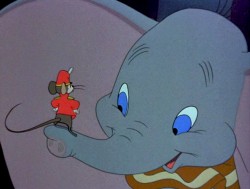 - Dumbo is certainly one of my favorite Disney features if not THE favorite. Naturally, the “Baby Mine” sequence is a highlight. The sequence is so tender and fine-tuned to appear straightforward and simple. This, of course, is the heart of excellence. It seems simple and doesn’t call attention to itself.
- Dumbo is certainly one of my favorite Disney features if not THE favorite. Naturally, the “Baby Mine” sequence is a highlight. The sequence is so tender and fine-tuned to appear straightforward and simple. This, of course, is the heart of excellence. It seems simple and doesn’t call attention to itself.
